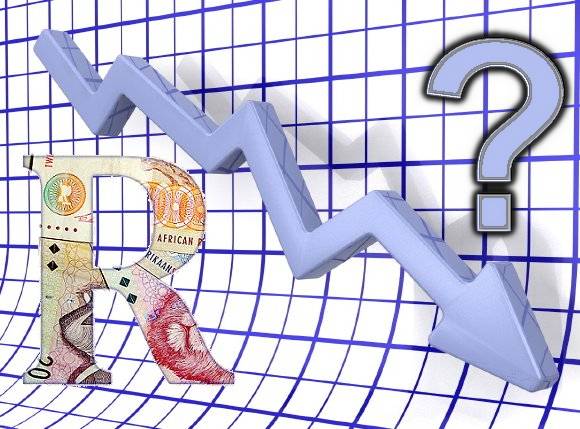
Ratings agency Standard & Poor’s (S&P’s) expects a tough year for the South African economy.
In its ‘Sub-Saharan Africa Rating Trends 2016’ report, the agency noted that slow economic growth was at the core of the country’s problems, exacerbated by weak European demand for local goods; weak Chinese demand for key hard commodity exports including gold, platinum, iron-ore and coal; electricity shortages and weak business confidence.
“Lower-than-expected gross domestic product growth, combined with the government’s exposure to weak State-owned enterprises, such as Eskom, could pose a risk to the government achieving its fiscal targets.
“In addition, foreign investor sentiment could add to the woes. Even though 90% of the total general government debt stock is in local currency, about 34% of this is held by nonresidents, which makes the sovereign vulnerable to global investor sentiment, relative returns and diverging policy decisions elsewhere,” it stated.
In December, S&P’s revised South Africa’s outlook to negative. The ratings agency further highlighted that economic conditions for most rated sub-Saharan Africa (SSA) sovereigns would remain difficult this year, with the main challenges stemming from the region’s continued heavy reliance on oil and other commodity exports, as well as lower appetite from global investors for emerging and frontier market debt issuance, owing to likely ongoing interest rate rises in the US.
“We expect the oil exporters, including Nigeria, Angola, Gabon, Congo and Ghana, to continue to be most affected by these issues. However, other hard commodity exporters, such as Zambia, South Africa, Botswana and Mozambique, will also face challenges,” the agency warned.
This had also led to an overall deterioration in SSA sovereign creditworthiness since mid-2015. “On the other hand, some net hydrocarbon importers such as Senegal, Rwanda and Ethiopia have experienced a modest improvement in their imports as a result of lower oil prices. However, we do not currently view this as enough to trigger positive rating actions,” S&P’s pointed out.


























